Webinars for the industry Ports / Offshore / Mining / Manufacturing
Energy
Offshore and onshore oil and gas, wind and alternative energy production
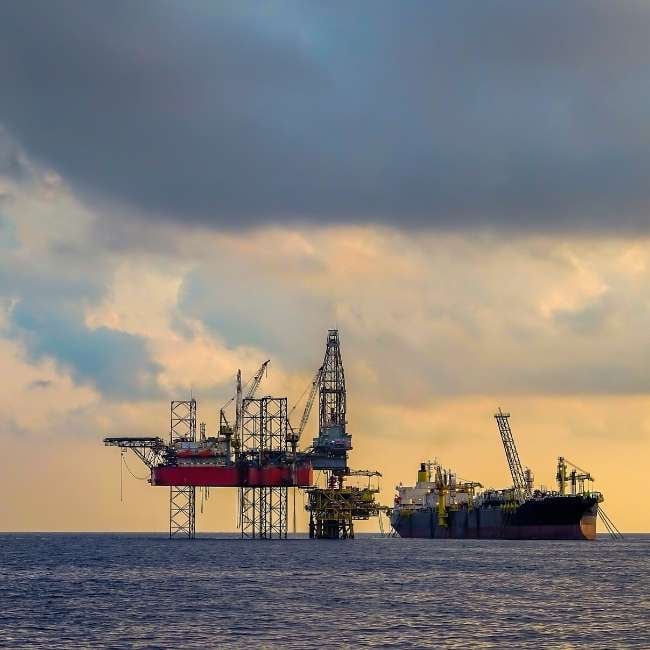
7 Practical Steps to Improve Safety & Human Reliability
Jake Mazulewicz will discuss the framework for safety in hazardous industries like offshore installations. He will address the big question: "How can we effectively balance error-prone human nature with increasingly complex, expensive and hazardous environments?"
Jake presents seven practical steps to improve safety and human reliability.
A fantastic, very interesting webinar on human nature and the way organizations can deal with mishaps.
Mining
Underground and open-pit mining
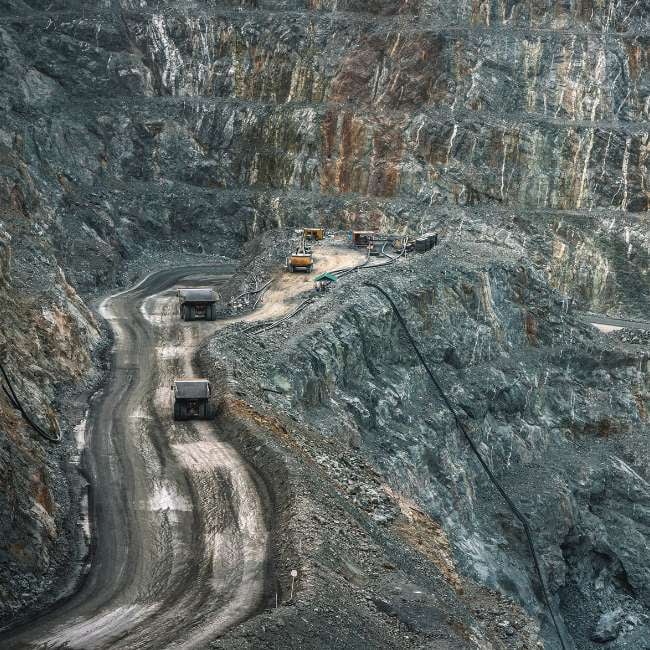
Safety Culture and Mining
In this session, Geir Nerbø will discuss the importance of safety culture in mining. Based on the history of mining tragedies and increased safety standards, Geir shows that compliance with actual safety regulations is not enough.
Safety culture involves everyone and is based on the company-wide understanding that safety is priority number one. The entire organisation is aligned in respecting, providing and striving for a safe work environment.
A great introduction to the safety doctrine.

Wearables and Risk Management in Mining
In this session, Geir Nerbø will discuss the current approaches to safety in the mining industry, detailing past disasters and today's challenges. He will describe Risk Management and how it supports the call for zero harm in the mining industry. Based on this, Geir Nerbø will show you why wearables may be the missing link and how they can assist Risk Management in daily work. Finally, Geir Nerbø will present three use cases to discuss the implementation of RFID wearables in underground mines and tunnels.
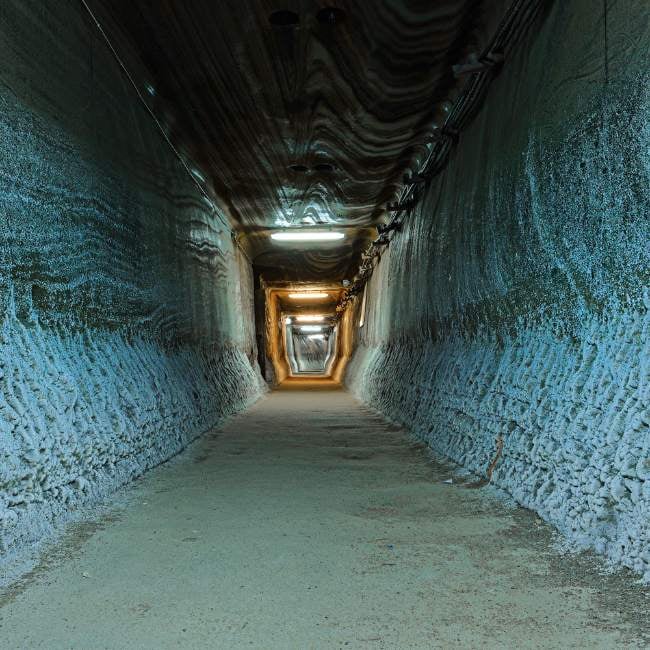
Transponders For Mine Safety
In this session, Geir Nerbø will discuss different tracking technologies, based on RFID, and how they support the call for zero harm in the mining industry. Based on this, Geir Nerbø will show you typical use cases of these distinctive technologies, their advantages and disadvantages.
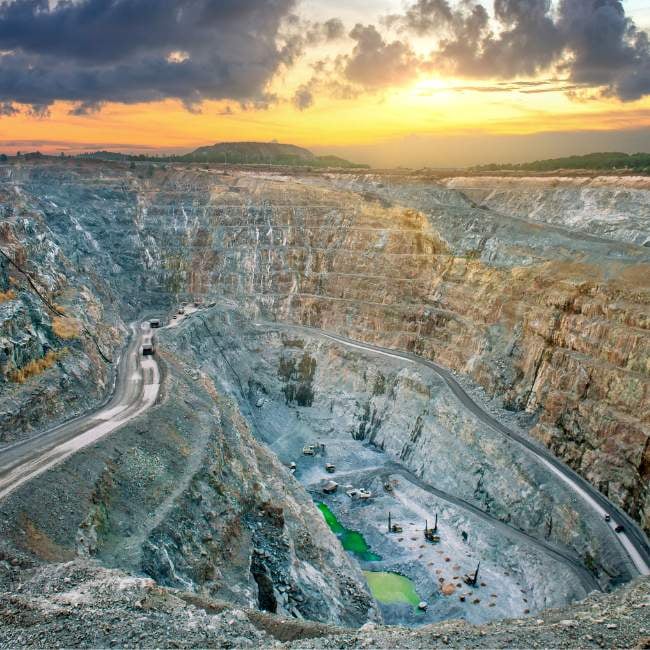
Crew Companion For Mine Safety
In this session, Geir Nerbø will present Crew Companion and how it supports the call for zero harm in the mining industry. Furthermore, Geir will show you typical use cases of Crew Companion
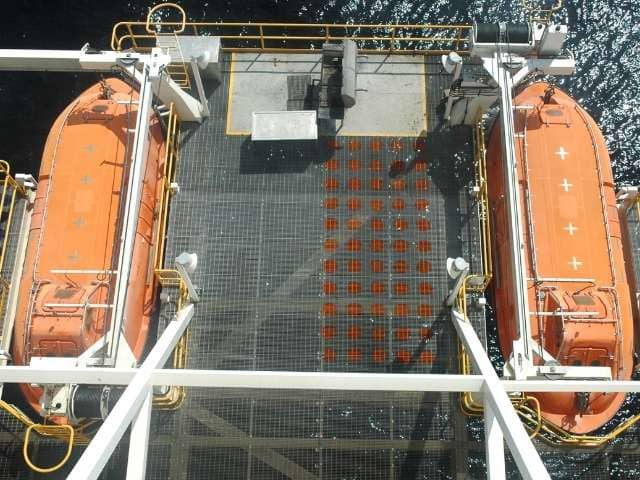
Offshore safety equipment: Transponders to the rescue!
Safety on offshore installations is a top priority. Safety regulations and standards will keep incidents at bay, but risks persist. In emergency evacuations, processes and equipment are in place to save lives. Transponders help fill a gap in the mustering process, improving your emergency response management substantially.
Working on an offshore installation, floating production site (FPSO), or a wind farm is a hazardous occupation. The environment is harsh, the working conditions stressful, and the shifts long. Personnel stays on board for weeks, sometimes for months. Incidents are common, despite training, best practices and regulations. According to the Bureau of Safety and Environmental Enforcement (US), six workers died in offshore-related accidents in 2020, and 160 were injured.

VW Autostadt Infographic
The Autostadt in Wolfsburg focuses on all aspects of mobility. The theme park and educational centre is one of the most popular tourist destinations in Germany. The Autostadt is also the world's largest new car delivery centre and home to the multi-brand ZeitHaus car museum.